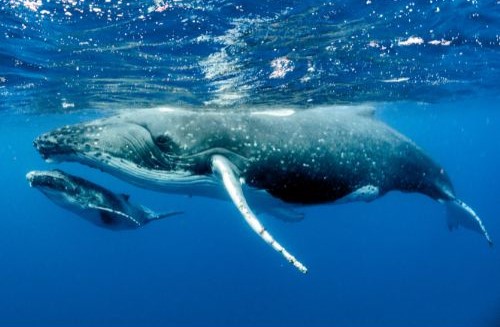One of the larger species of whales being affected by human activities is the blue whale. This species was on the brink of extinction in the late 1800s and early 1900s, around the time of the Industrial Revolution. The main cause of this creature’s endangerment is commercial whaling.
Commercial whaling is defined by the hunting and slaughtering of whales for their meat and blubber, which can be used and turned into oil. These major killings brought the blue whale population down from 250,000 to about only 600 in about a decade. The reason why commercial whaling was such a big thing during the 1800s was because of the Industrial Revolution when the whale oil was sold and used to contribute to heating and lighting during these changing times.
In order to turn around their numbers, the blue whale was protected by commercial whaling by the International Convention for the Regulation of Whaling in the year of 1966. Their numbers started leveling off after this, and it was then that the blue whale was listed as an endangered species under the ESCA, the Endangered Species Conservation Act.
Up until 1978, their population was stabilizing. In 1978, there was one final deliberate capture of a blue whale located in Spain. This was the last recorded capture of this species to this day.
Over the years, their population has slightly increased but has leveled off for the most part. There are about 10,000 to 25,000 of them still swimming throughout all of our oceans except for the Arctic Ocean.
All in all, the blue whale species is one of the most endangered species to this day. They face many threats to their population, and will continue to do so unless we gather our efforts to put a stop to it and change their future.

